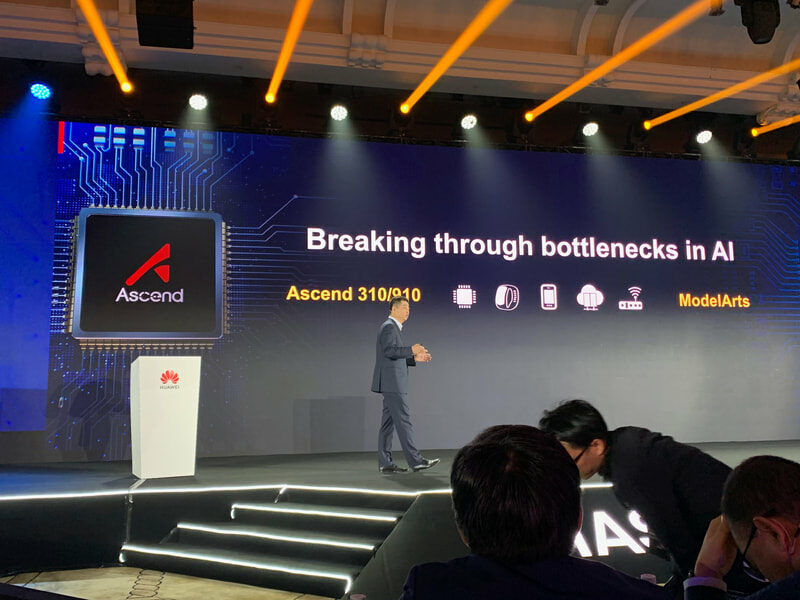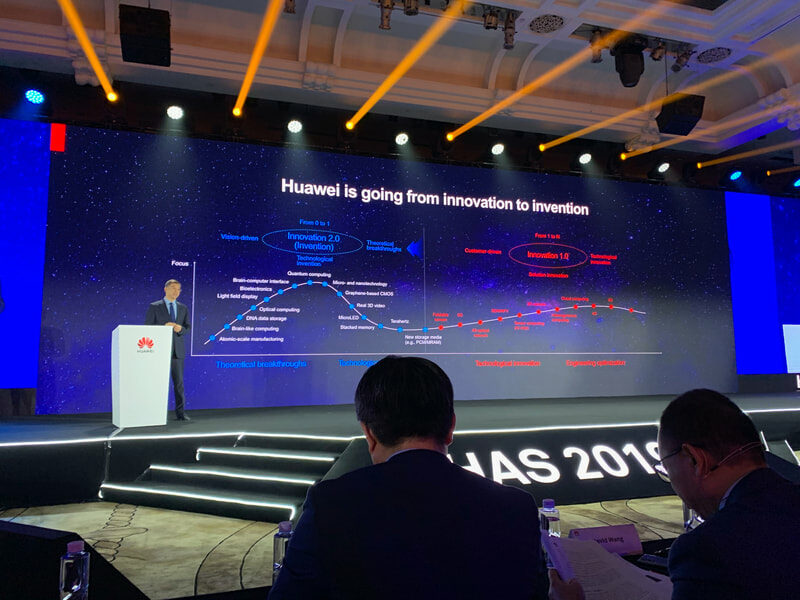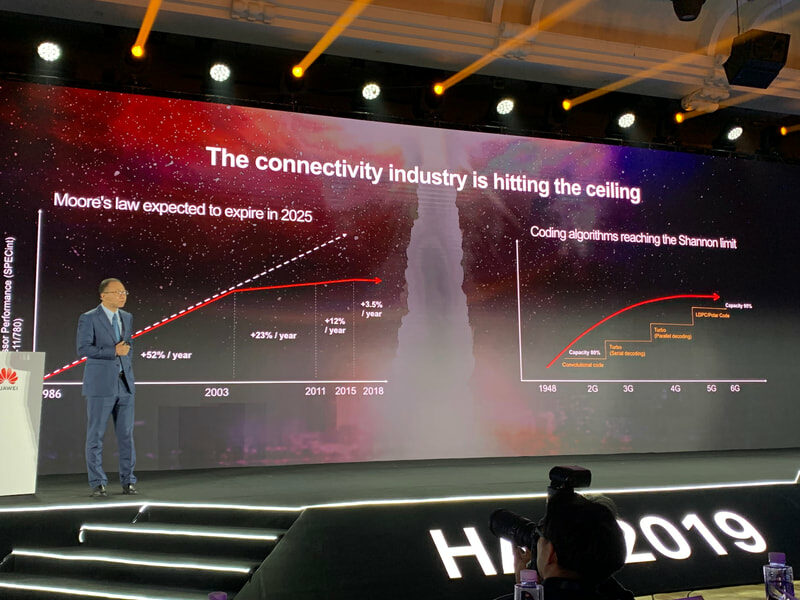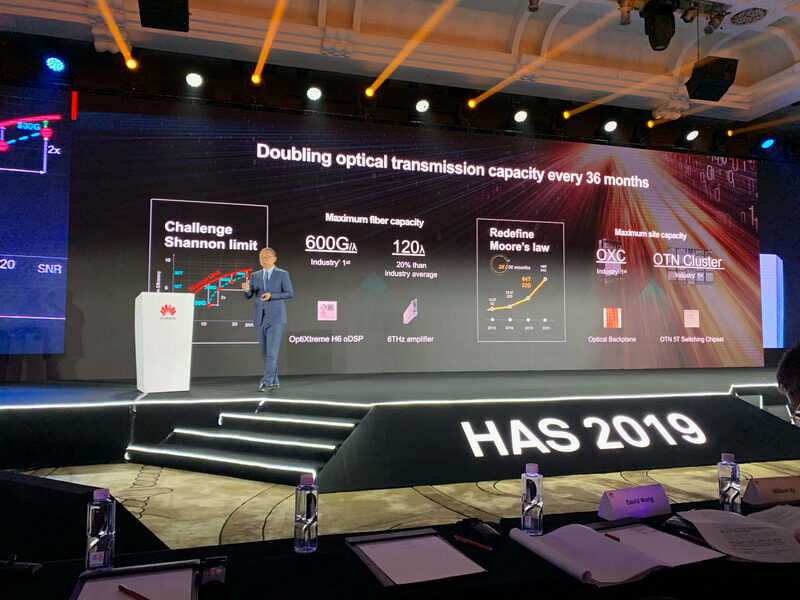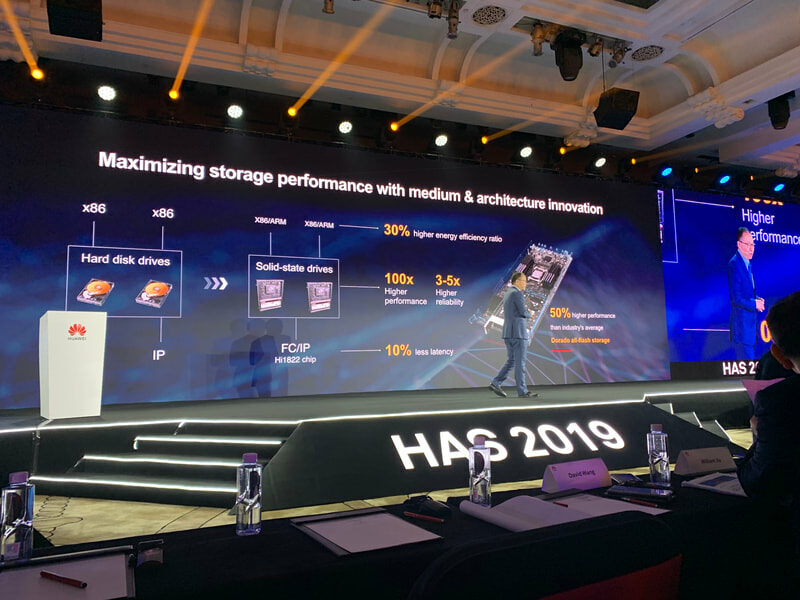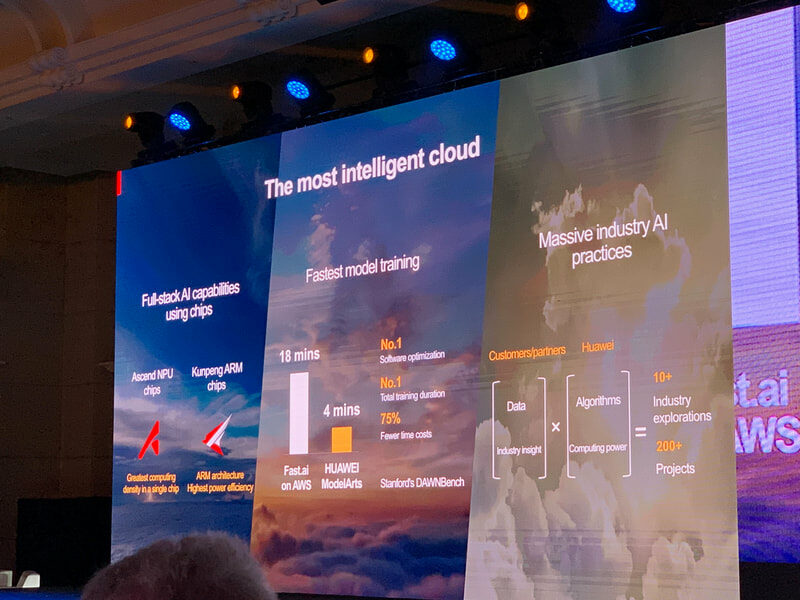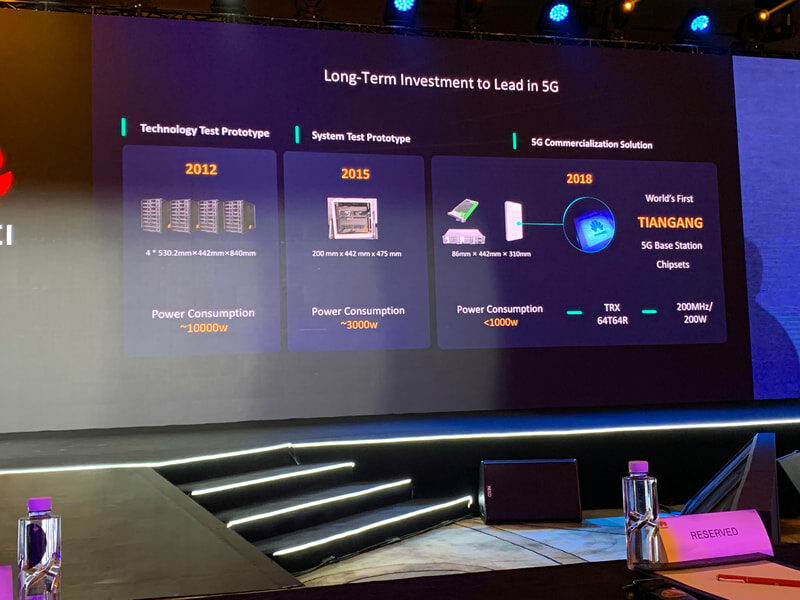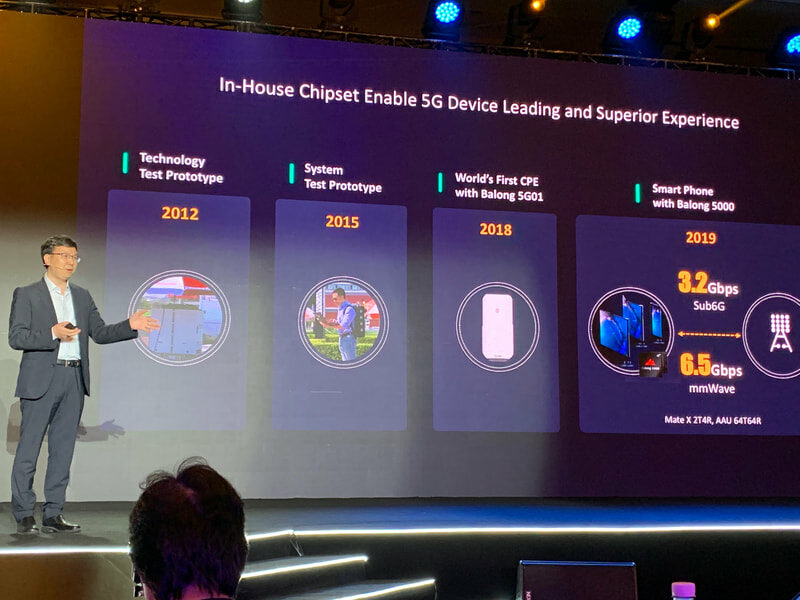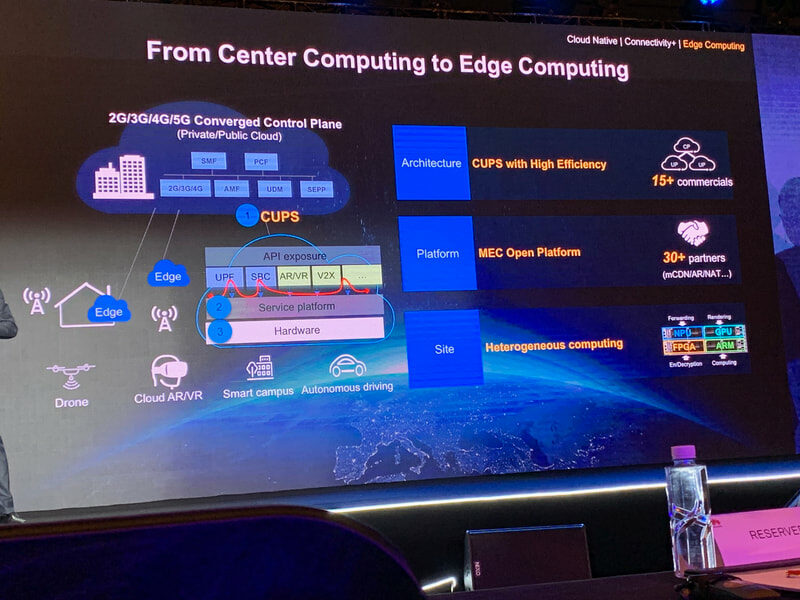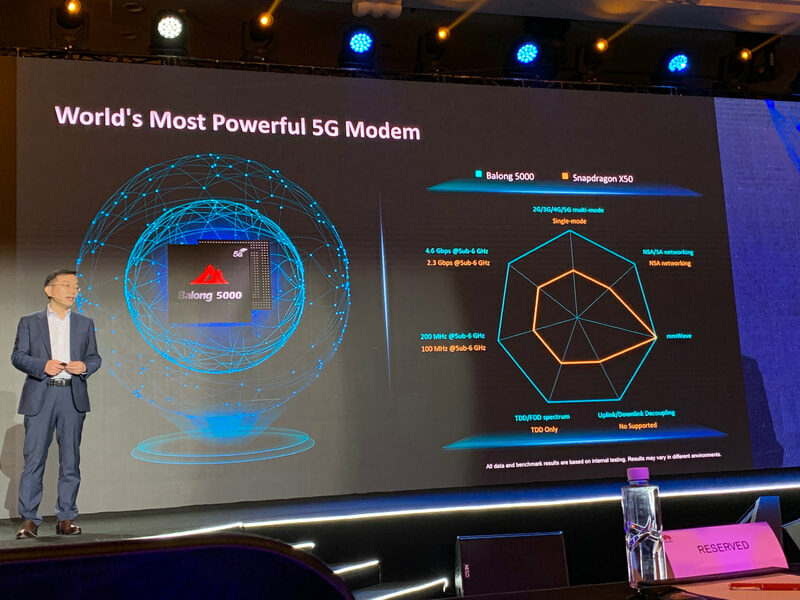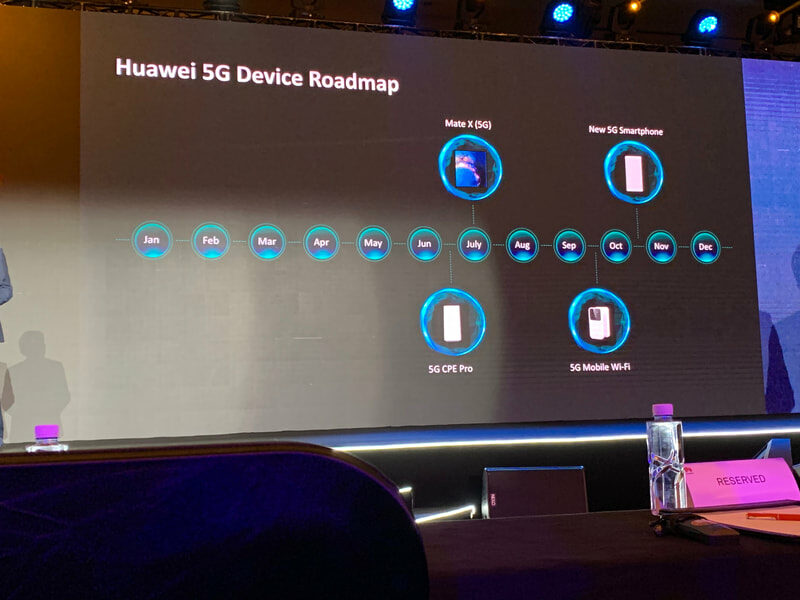Huawei hosted 700 analysts and media participants in Shenzhen China last week to attend its annual analyst summit, nick-named HAS2019. The company’s high-level message was simple – the company is an innovator and is moving down the stack into semiconductors and is partnering with and funding university projects to develop basic research. This year’s message was different from than the prior-year meeting, but several transformative events have occurred between this meeting and the prior year’s, most notably the 2Q18 shipment ban on ZTE, the US / China trade dispute and US efforts to thwart Huawei’s participation in the 5G infrastructure of its allies. Interestingly, during HAS2019, the Apple and Qualcomm announced their chip-supply and patent settlement, Samsung announced its foldable phone (which has been met with criticism), and Ericsson & Swisscom announced that the operator went live with its 5G network. All three of non-Huawei events highlighted the importance of Huawei’s chips and innovation announcements.
The company made announcements in its main keynote presentations on day one about seven different chip projects delivered recently or planned shortly. Chip-level is unusual for what are typically high-level presentations from a keynote-level presentation. These chips (seen in accompanying pictures) are:
- Ascend 310/910. Artificial Intelligence (AI) chip for cloud (leads to its Data Center Ethernet Switch iLossLess cloud service)
- OptiXtreme H6 oDSP. Optical transmission Digital Signal Processor (DSP).
- Hi 1822. FC/IP chip used for products including Solid State Drives (SSDs)
- Atlas 200 AI acceleration for AI computing intended for September 2019 announcements at Huawei Connect
- Tiangang 5G Basestation chipset
- Balong chip series intended for 5G smartphones and other Customer Premises Equipment (CPE)
- Kungpeng ARM chips for computing
The company shared more details about other chips in breakout sessions on the second and third days of the conference, as well. The point we are making, though, is that upper-level management provided significant detail about semiconductor developments at Huawei.
The company shared more details about other chips in breakout sessions on the second and third days of the conference, as well. The point we are making, though, is that upper-level management provided significant detail about semiconductor developments at Huawei. Another relevant semiconductor-related point to make is that the company is de-emphasizing its reliance on Intel-based architecture and instead is focusing on devices such as ARM-based processors, as well as GPU, FPGA and NPU semiconductors.
We would be remiss if we did not mention some of the system-level announcements and observations related to 5G that were made at the HAS2019 conference, which include:
-
- MU-MIMO. Of Huawei’s 70,000 shipments of 5G base stations as of the show, 97% were MU-MIMO based. The company expects MU-MIMO to be deployed not only in urban areas but also in rural areas.
- SingleRAN Pro. The company is taking an architectural approach that is different from what some service providers in the world want; it is delivering an integrated product approach where multiple frequencies and base stations are integrated into the same enclosures. This converged approach is different from the architectural approach being promoted by some smaller vendors like Altiostar, Mavenir and Parallel Wireless, which uses the O-RAN standard and features a disaggregation between various components like antenna and base band processing. Huawei’s rationale is that it is less expensive on capital spending and operational spending to use the integrated approach.
- Converged Mobile Packet Core. The company plans to have 1H19 commercial availability of its 2G/3G/4G/5G NSA/5G SA packet core system. In slides depicting this product, it prominently features chip systems such as GPU, FPGA, NPU, and ARM but specifically excludes x86 references.
- Huawei expects to deliver its first 5G phone in November 2019
even more follow on
